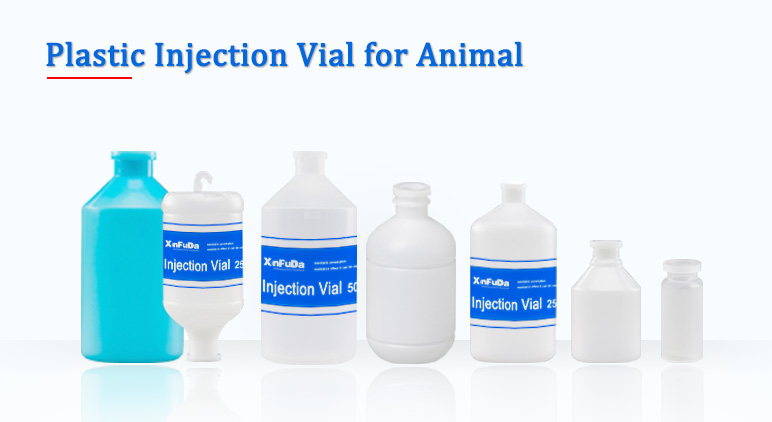Feb. 17, 2025
In the veterinary industry, the storage and packaging of vaccines are crucial, directly impacting their effectiveness and safety. Plastic veterinary vaccine bottles, commonly made from polyethylene (PE) and polypropylene (PP), require careful selection based on material costs and performance characteristics, such as temperature resistance, toughness, transparency, and corrosion resistance.
Polyethylene (PE): PE offers good stability and excellent resistance to most solvents at room temperature, with low water absorption and outstanding electrical insulation properties. Its higher toughness compared to polypropylene makes it less prone to brittle fracture during use.
Polypropylene (PP): PP excels in high-temperature resistance, making it suitable for final sterilization processes. While it resists most acidic and basic solvents well, it can become brittle at low temperatures, often requiring additives to enhance its toughness.

When choosing plastic veterinary vaccine bottle materials, pharmaceutical companies should make decisions based on specific needs:
If high-temperature sterilization is a priority, polypropylene is the better choice. Its excellent heat resistance allows it to withstand sterilization processes, and its higher transparency aids in quality control.
If the focus is on toughness and low-temperature stability, polyethylene is more suitable. Its toughness at low temperatures provides better physical protection, reducing the risk of bottle breakage.
Understanding the performance differences between polyethylene and polypropylene helps pharmaceutical companies select the most appropriate material, ensuring vaccine effectiveness and safety. By optimizing material choices, companies can better meet various veterinary drug manufacturing and storage requirements, enhancing overall production efficiency and product quality.
 冀ICP备11016487号-1
冀ICP备11016487号-1